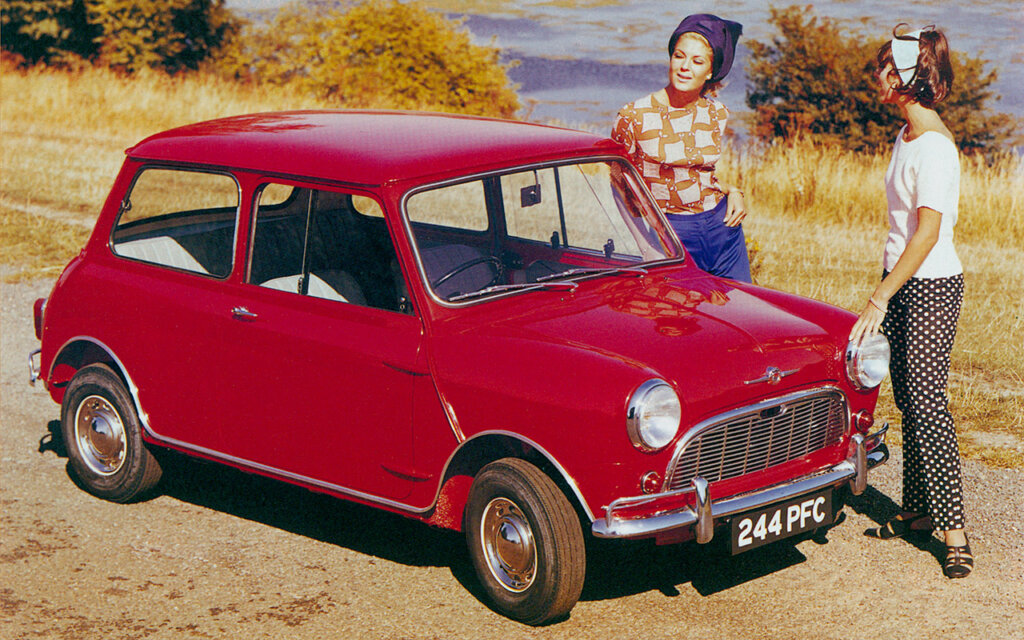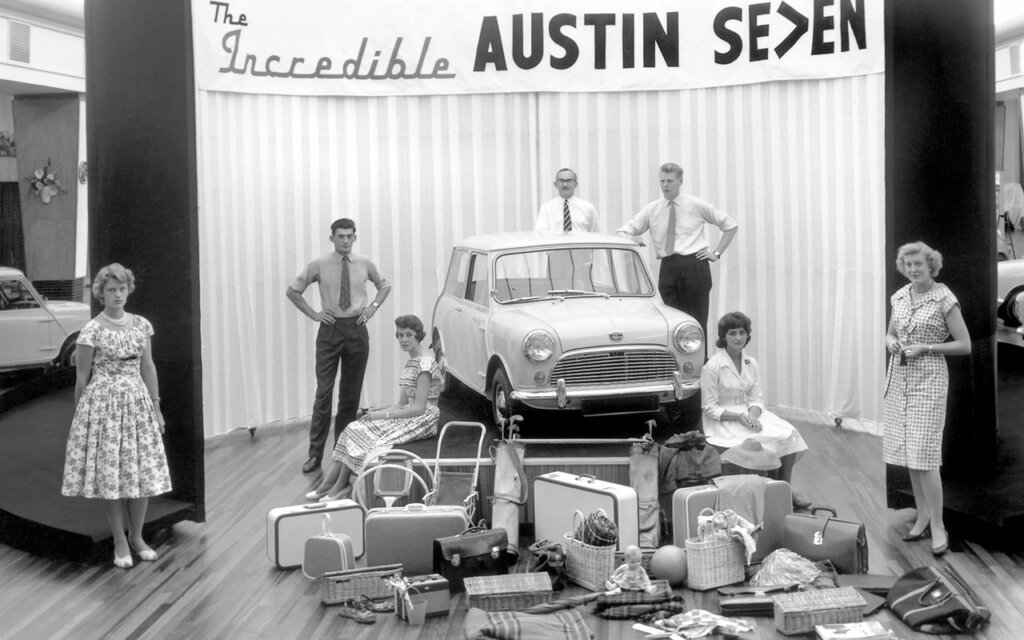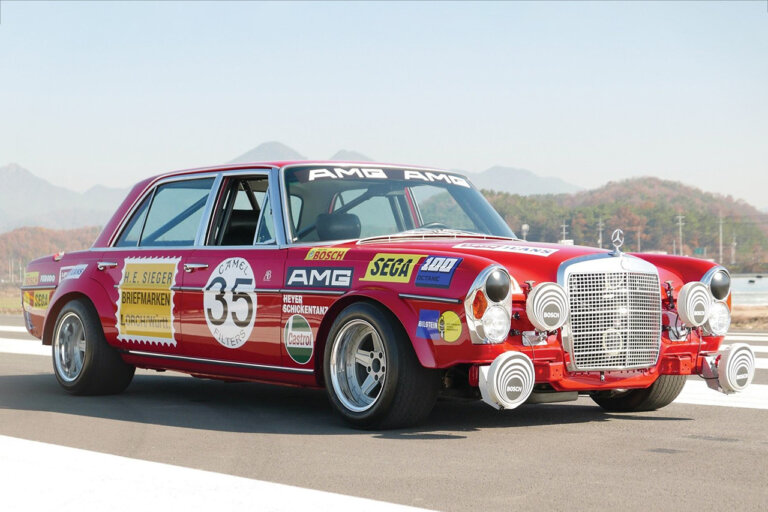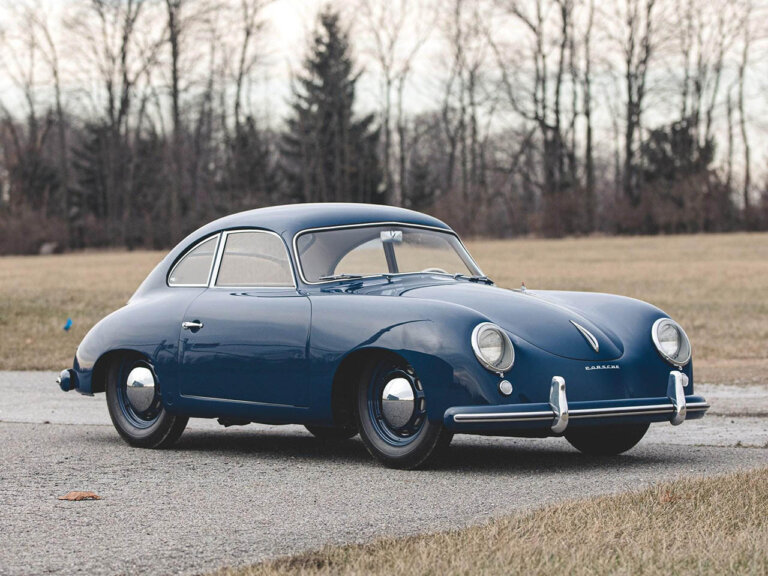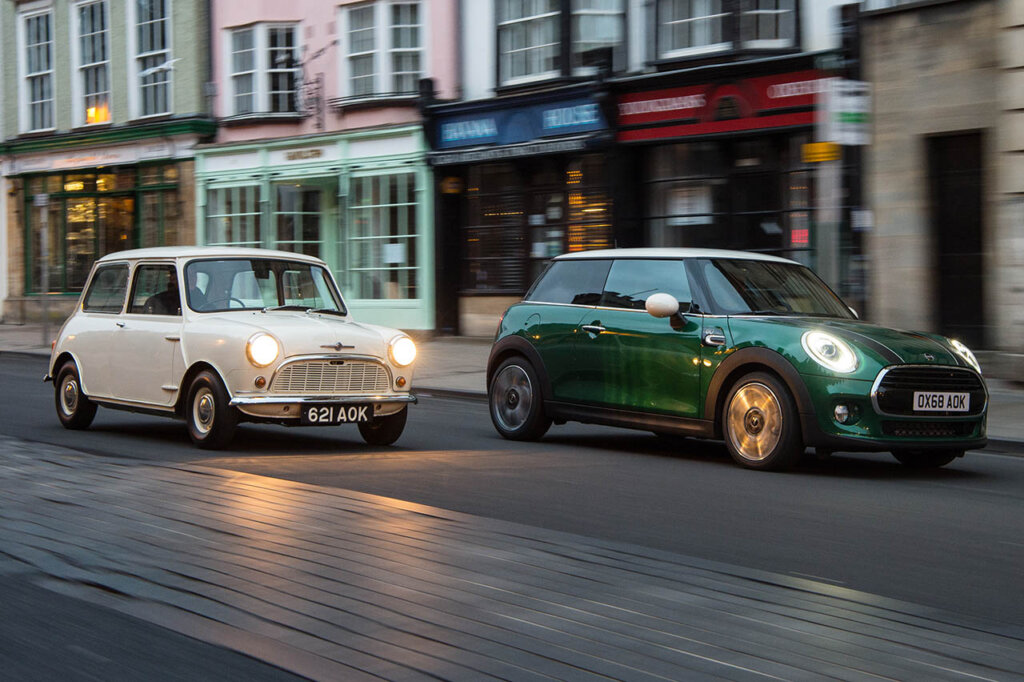
Mini Cooper – despite its name and size – has a history that speaks bigger than what its name actually suggests. Born out of necessity and innovation, this legendary vehicle has made an enduring impact on the automotive sector. From its humble beginnings as a response to post-war fuel shortages to becoming a symbol of British motoring excellence, the Mini Cooper has evolved and adapted throughout the decades, all while retaining its unmistakable charm and charisma.
How Mini Came to Be
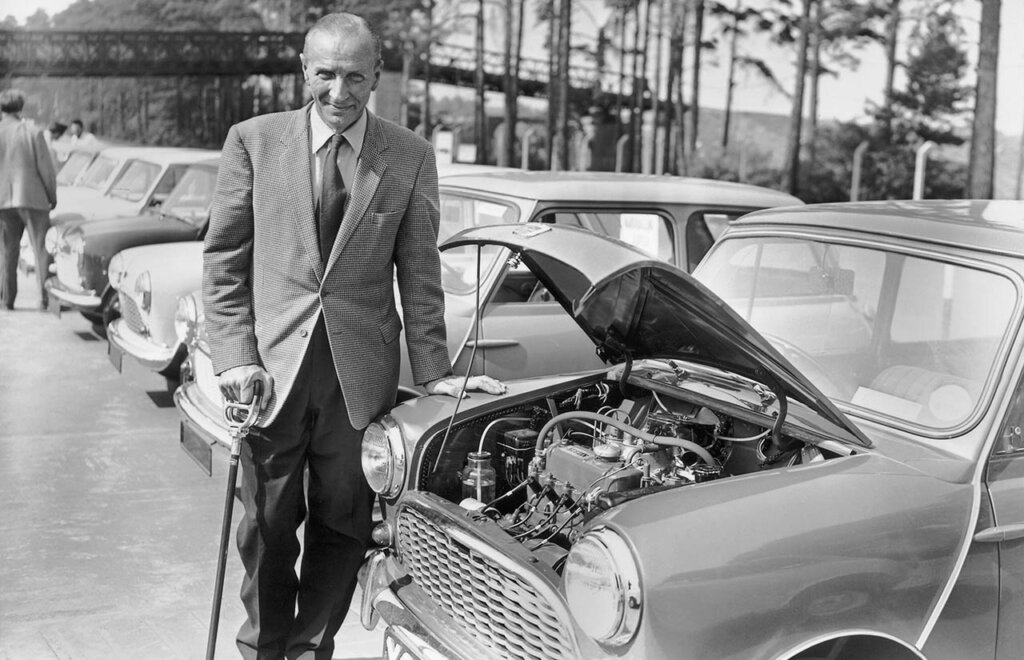
The Mini’s debut can be traced back to the fuel scarcity resulting from the 1956 Suez Crisis. During this period, petrol was once more subject to rationing in the UK, leading to a decline in sales of large vehicles and a surge in demand for compact German bubble cars. This phenomenon occurred not only in Germany but also in countries like the United Kingdom, where imported cars remained a rarity. Sir Leonard Lord, the head of the Morris Company, tasked his chief engineer, Alec Issigonis, to create a lineup of technically advanced family cars that embodied the same innovative spirit as his earlier creation, the Morris Minor to complement BMC’s existing array of traditional models. To achieve this, Issignois came up with two innovative solutions: shifting the wheels to the vehicle’s corners and orienting the engine vertically. Not only these methods enhanced the car’s stability during sharp turns but also maximized interior passenger space.
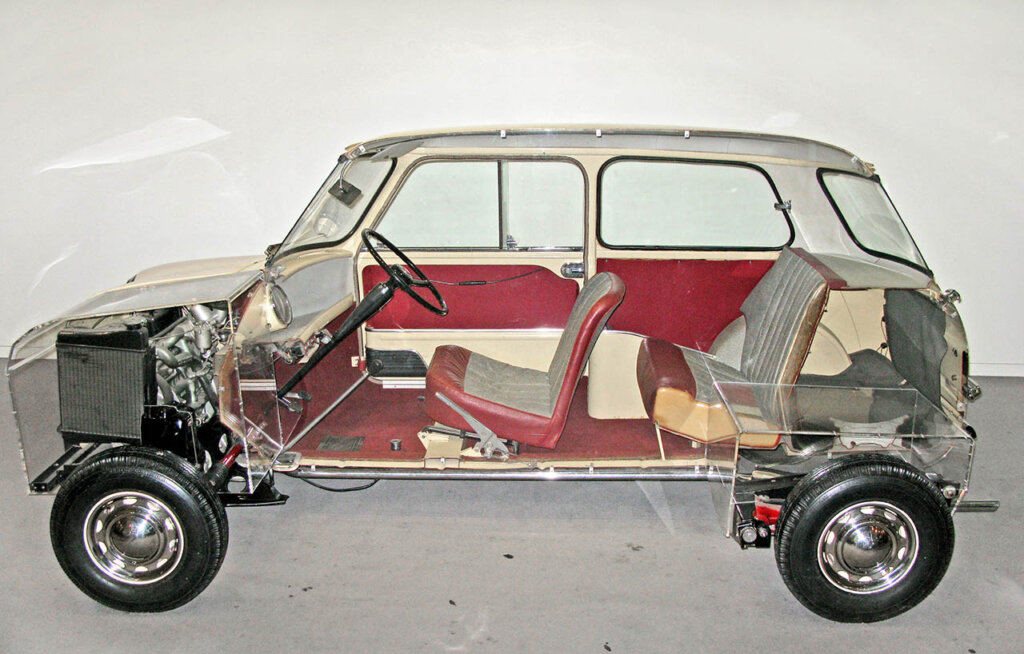
Source: geni via Wikimedia Commons
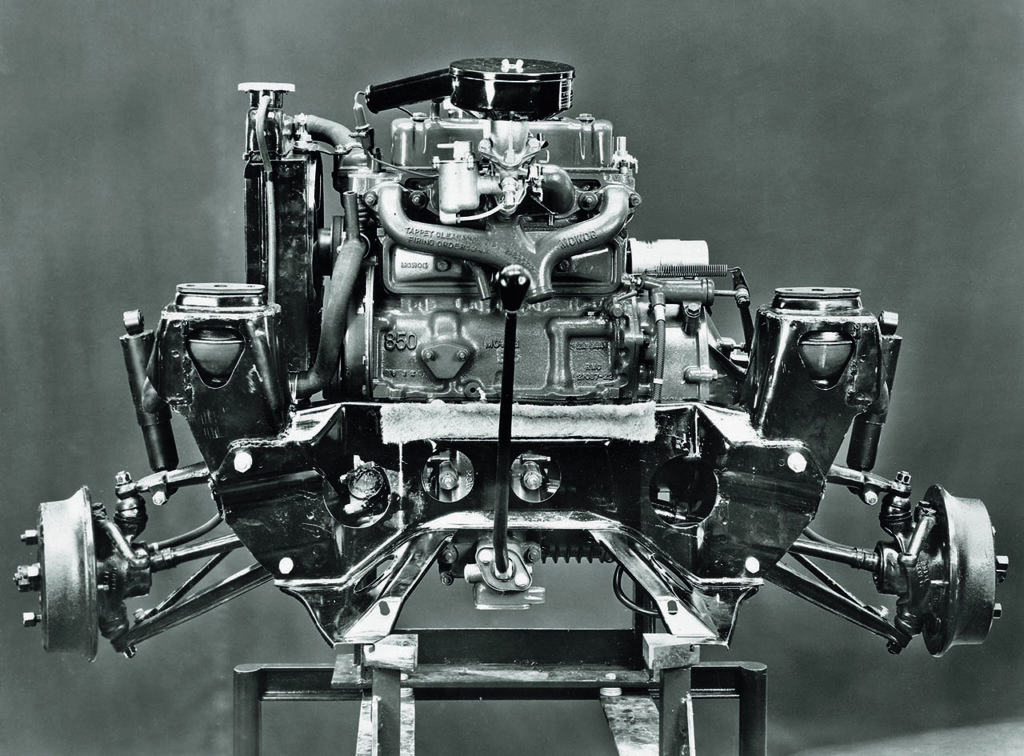
With the problem solved, the Mark I Mini was officially announced to the public in August 1959 and nearly 2,000 models had already been sent abroad for display in almost 100 countries. The initial model had an engine size of 848 cc (51.7 cu in) with a top speed of 72 mph (116 km/h) and a 0-60 mph (97 km/h) in 27 seconds. The Mark I Mini’s also featured a unique suspension system employing rubber cones as springs, a design choice that enabled the suspension to adjust to changes in passenger load. This innovative approach accommodated significant weight variations, such as doubling the vehicle’s gross weight with a full passenger load, without necessitating an increase in the car’s height.
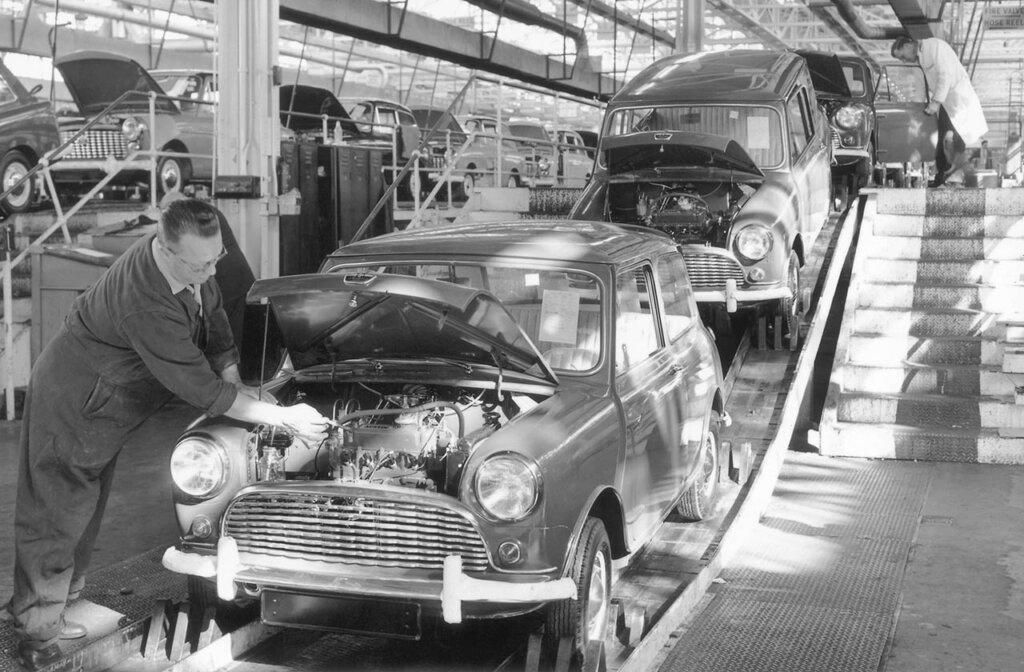
Source: BMW PressClub Global
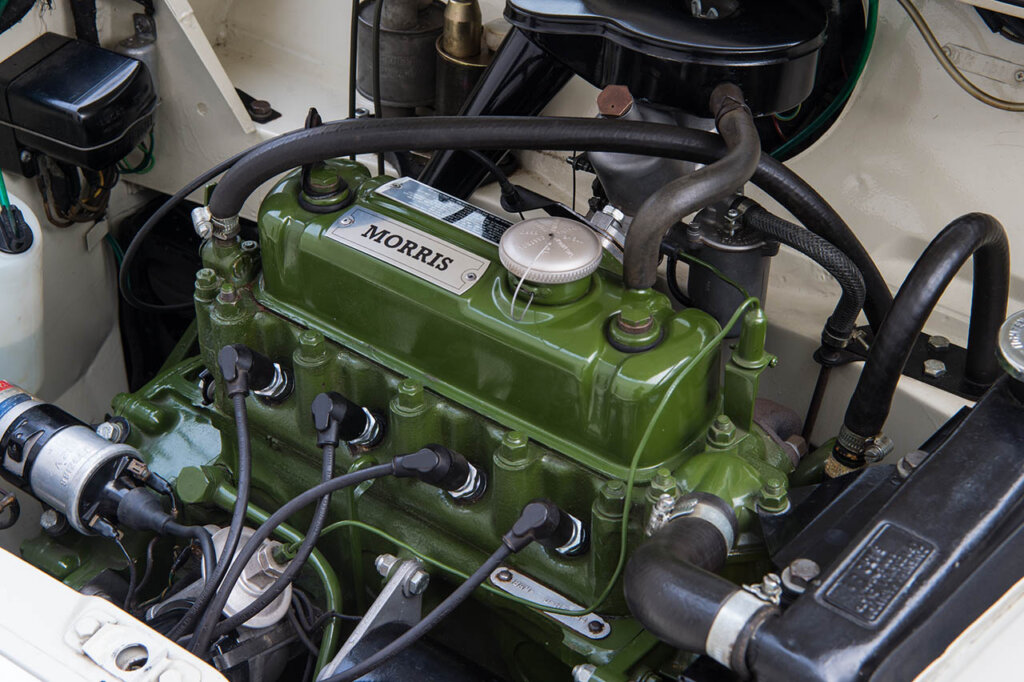

Initially slow off the mark, Mark I Mini sales experienced a significant upturn across most model lines during the 1960s, culminating in a total production figure of 1,190,000 units. Meanwhile, Ford took a keen interest in the Mini, even disassembling one to explore the possibility of offering a competing product. Their findings suggested that the British Motor Corporation (BMC) might have been incurring a loss of approximately £30 per Mini, prompting Ford to venture into producing a larger car – the Cortina, which debuted in 1962 – to rival the Mini in the budget car market. Despite Ford’s competitor model and possible financial losses, the Mini was consistently profitable. The bulk of these profits flowed in from the immensely popular De Luxe models, alongside revenue generated by optional extras such as seat belts, door mirrors, heaters, and radios – features that are now considered standard in modern vehicles. Additionally, the various Cooper and Cooper S models contributed to the Mini’s financial success.
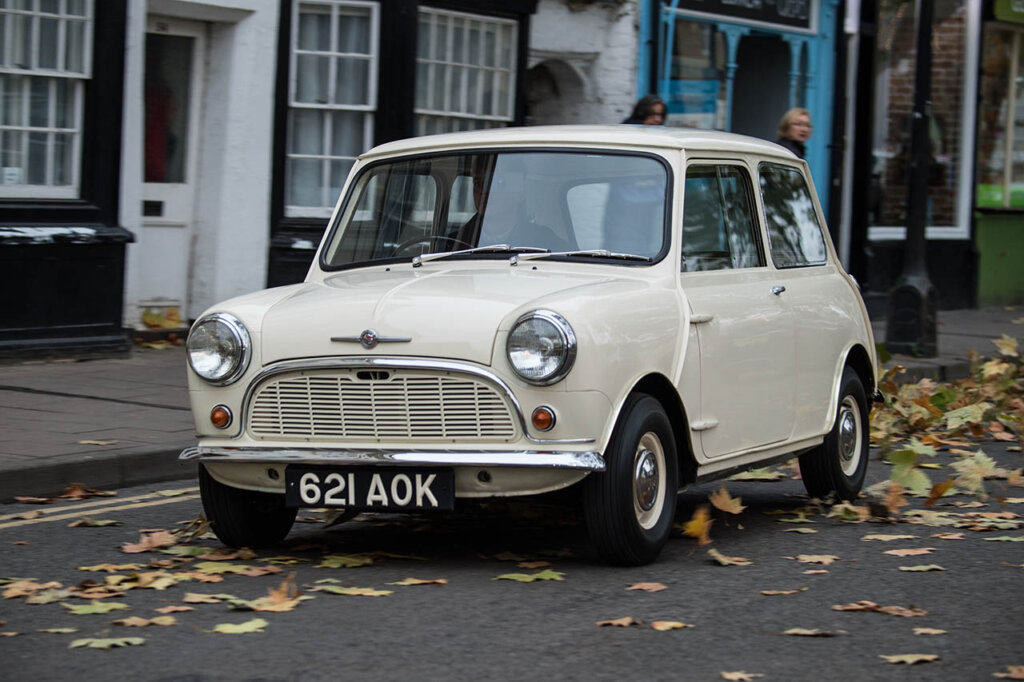
Source: BMW PressClub Global
